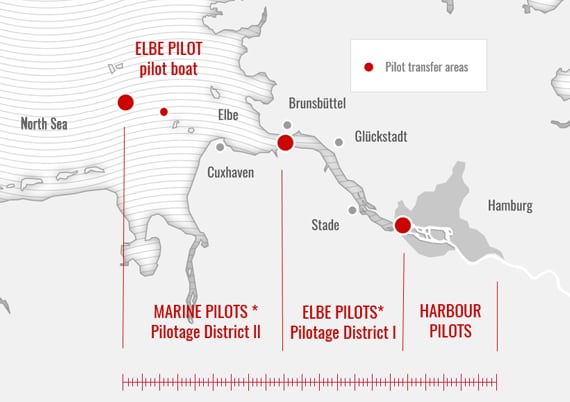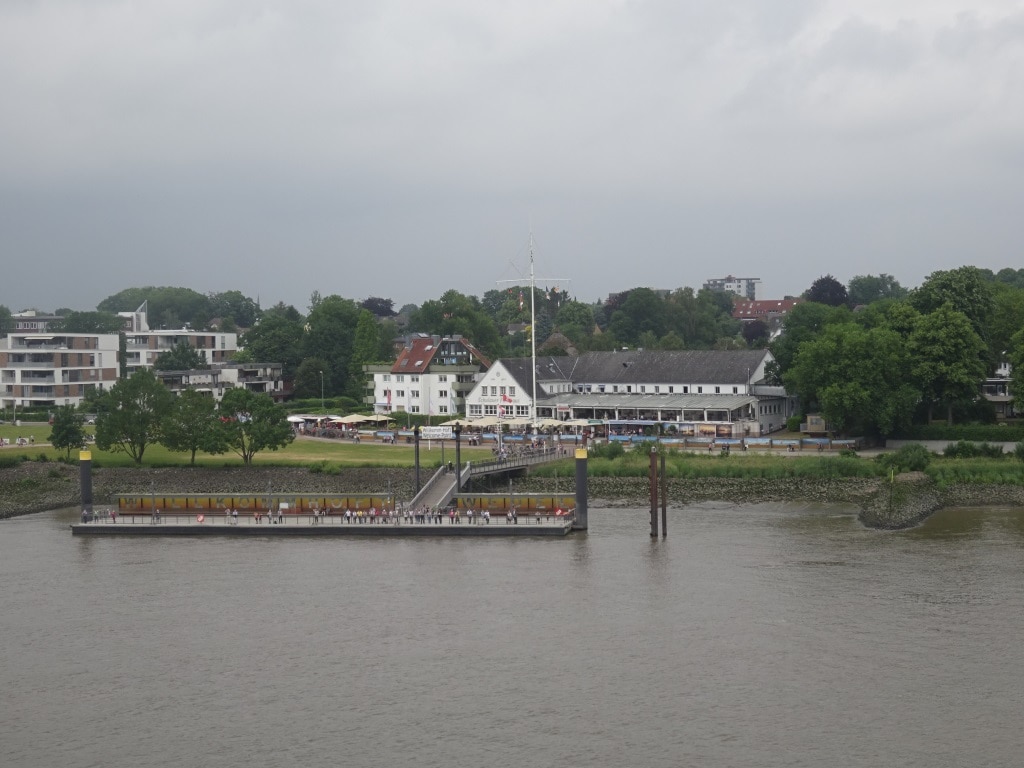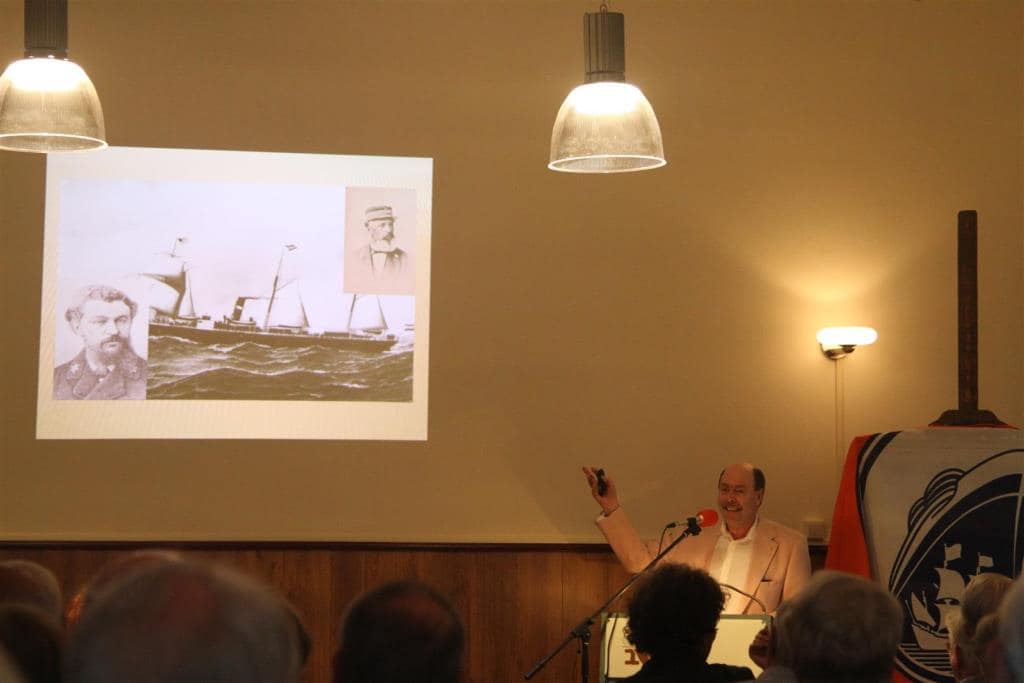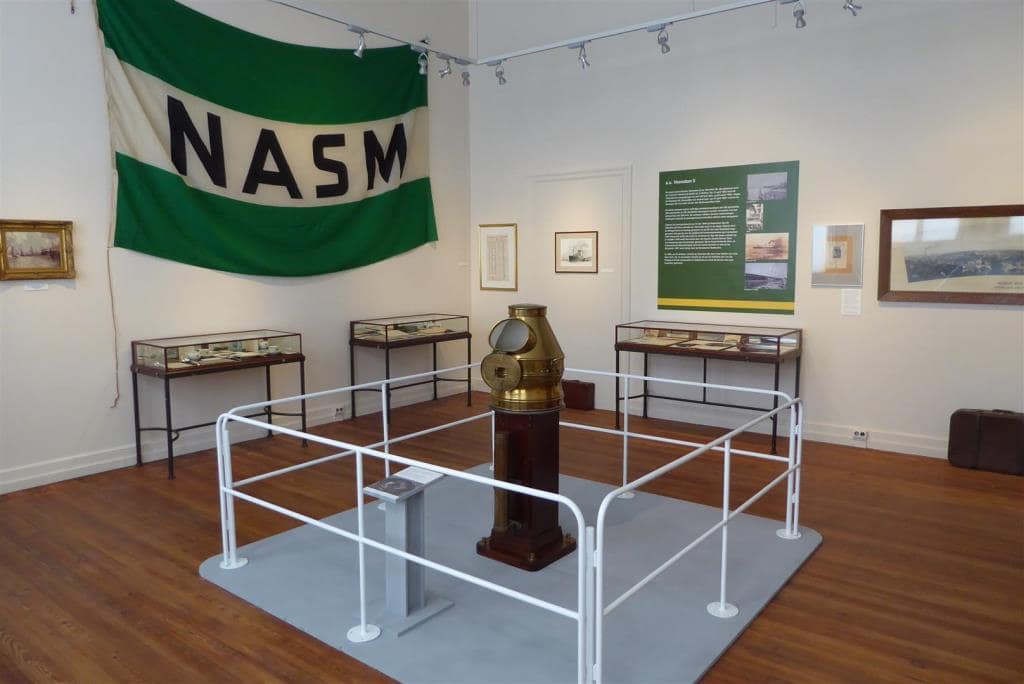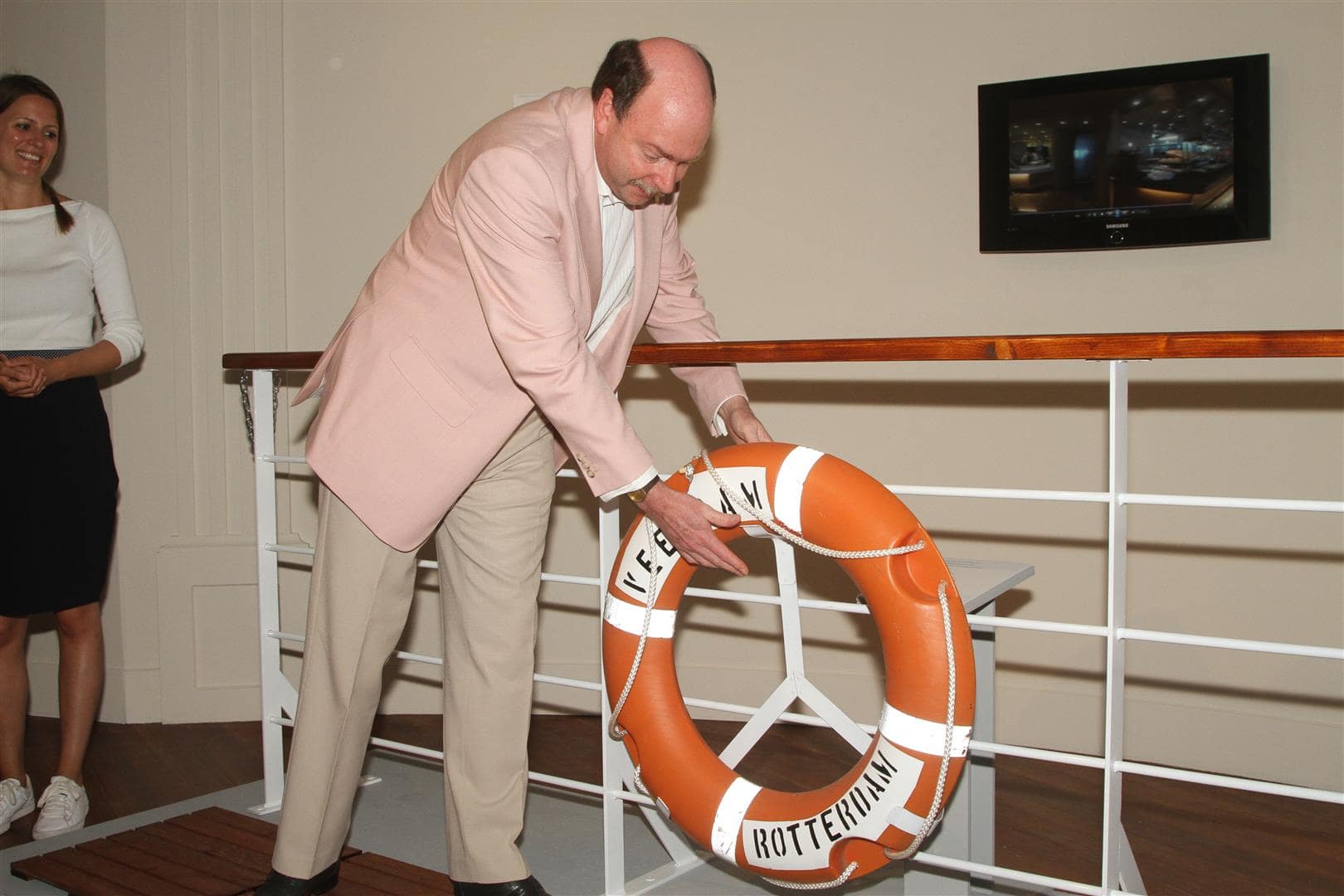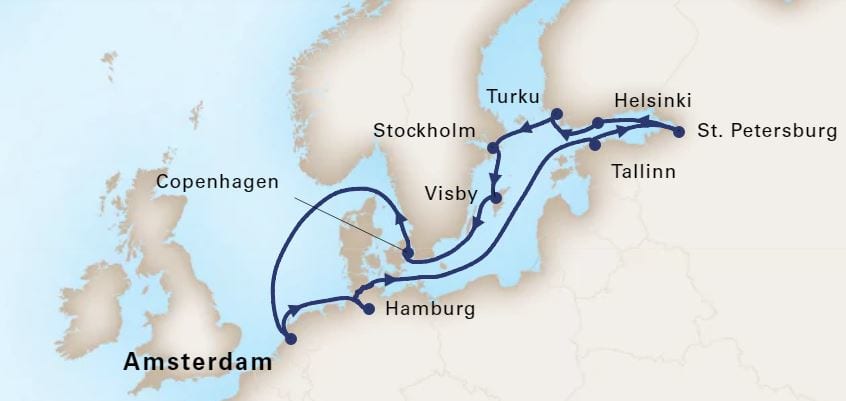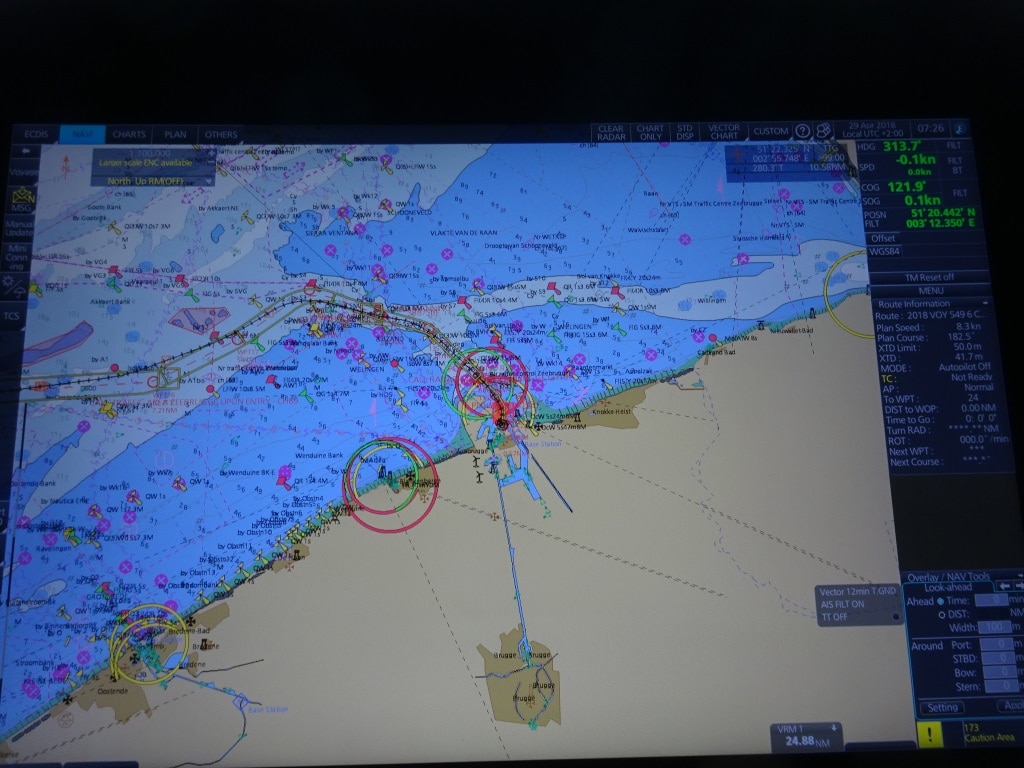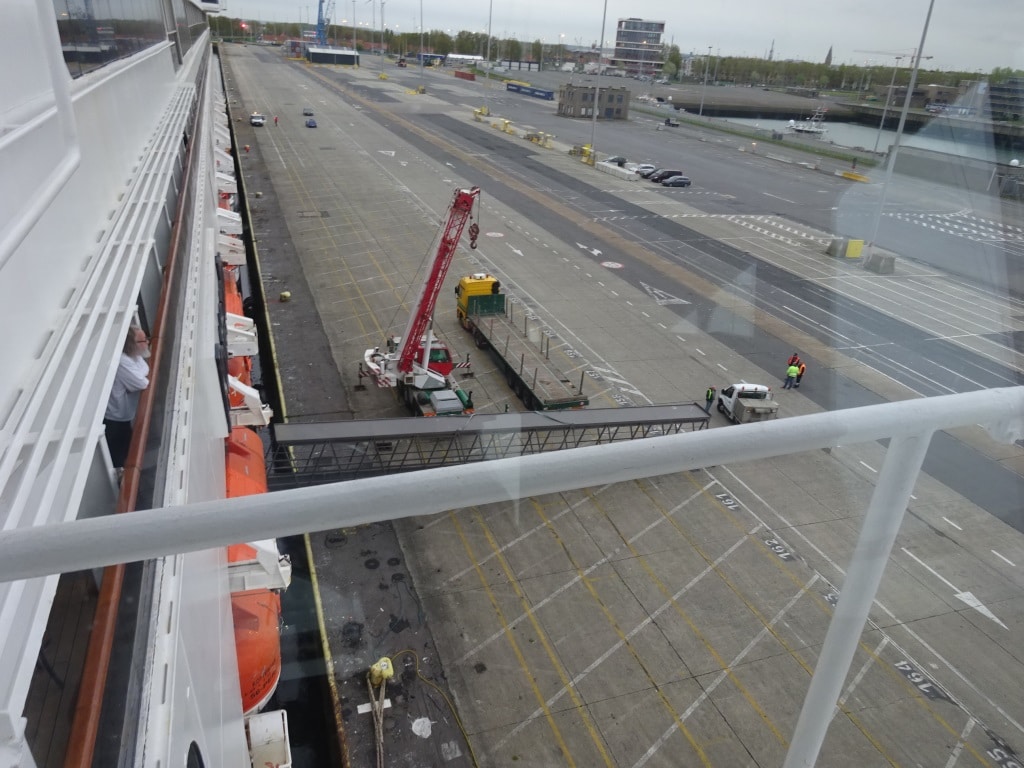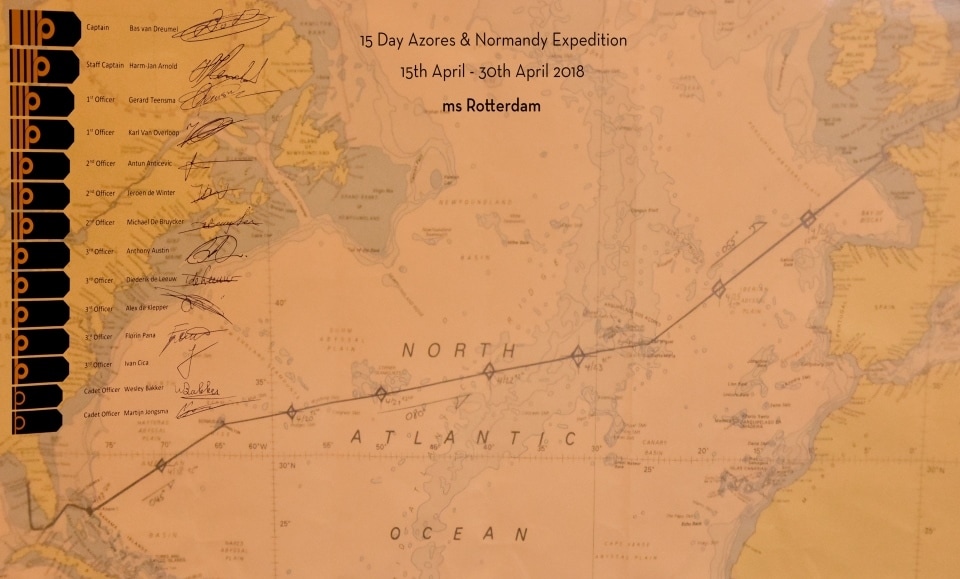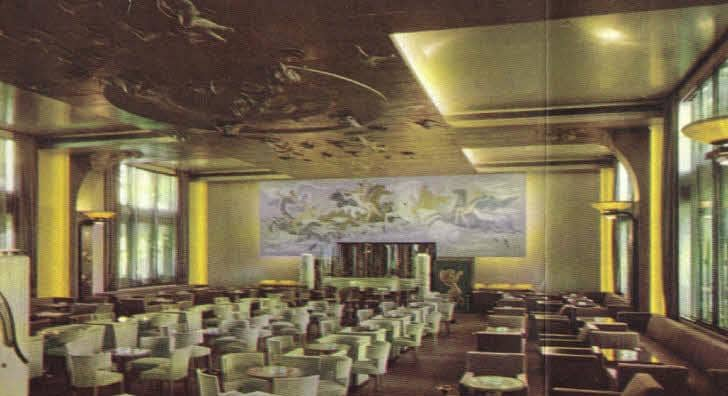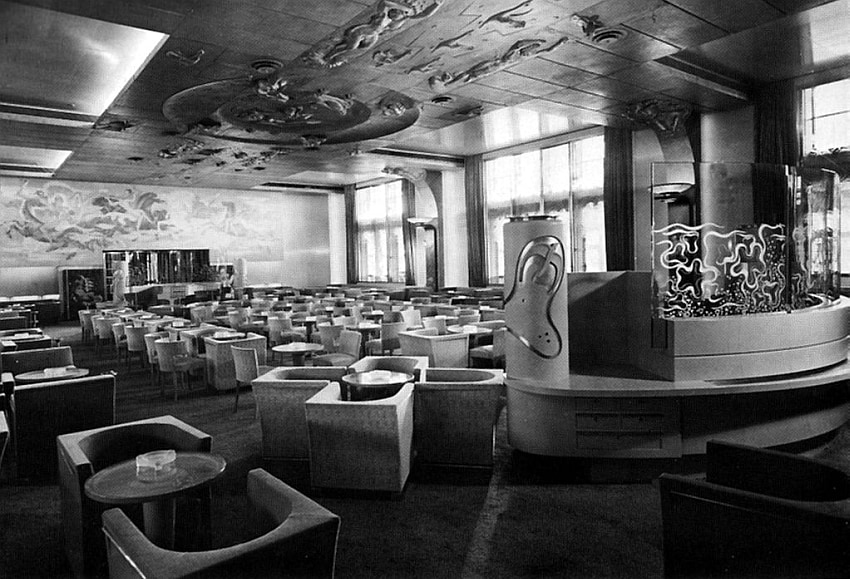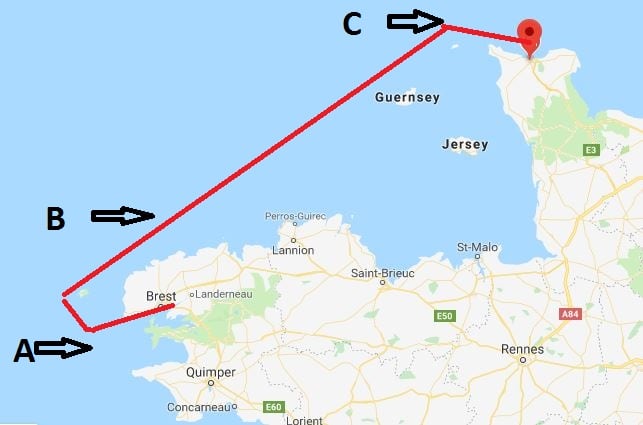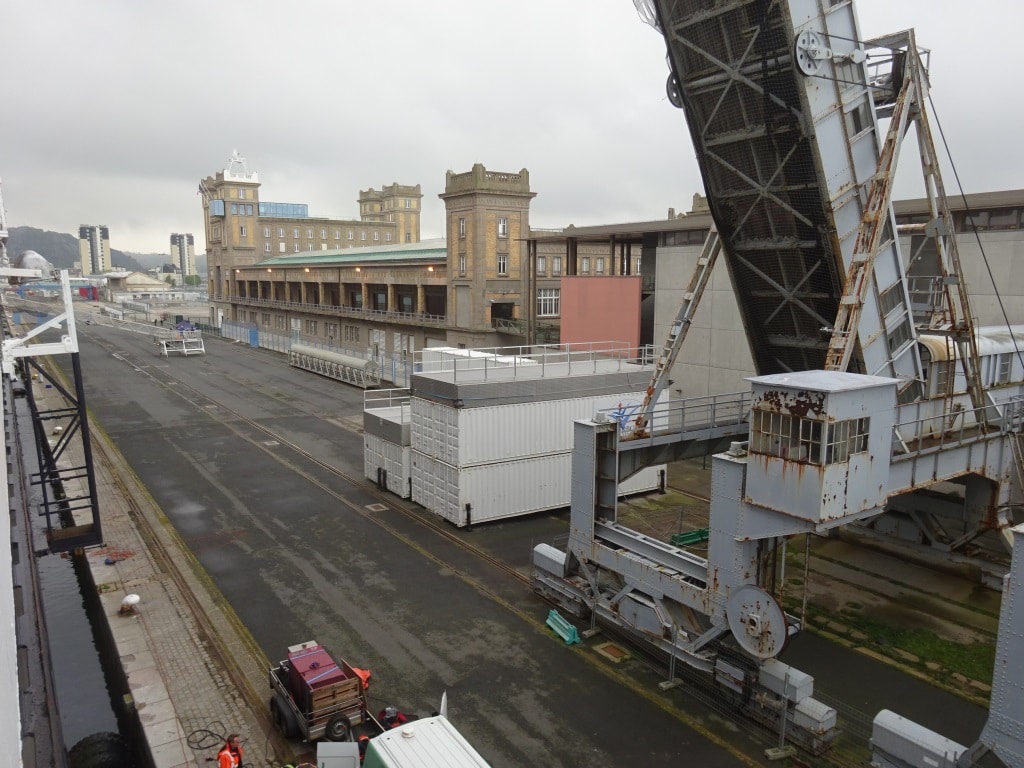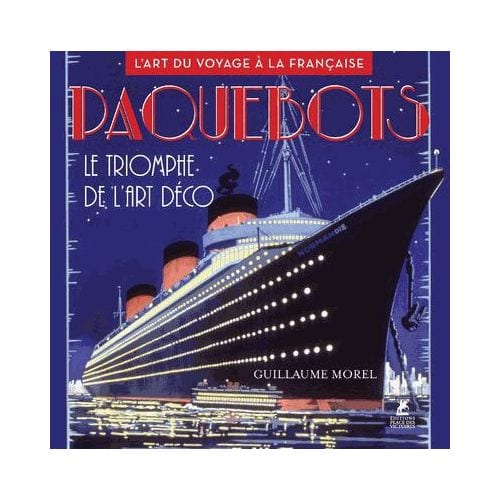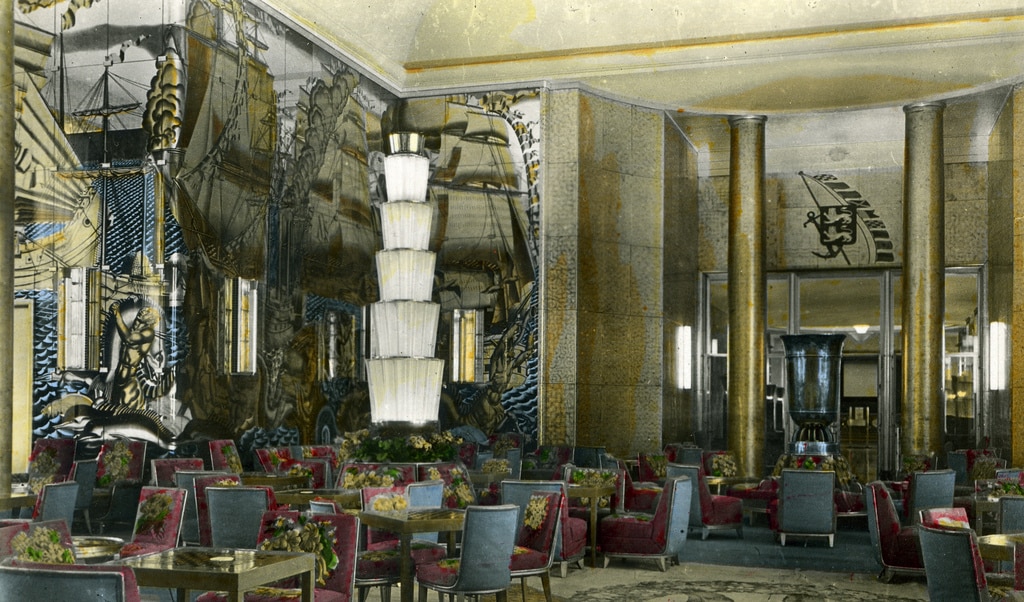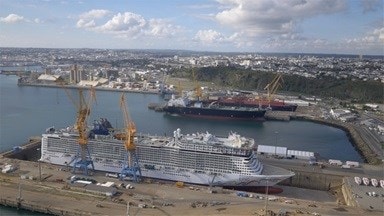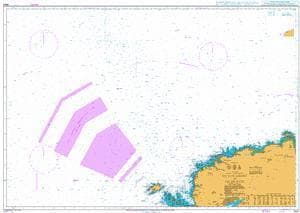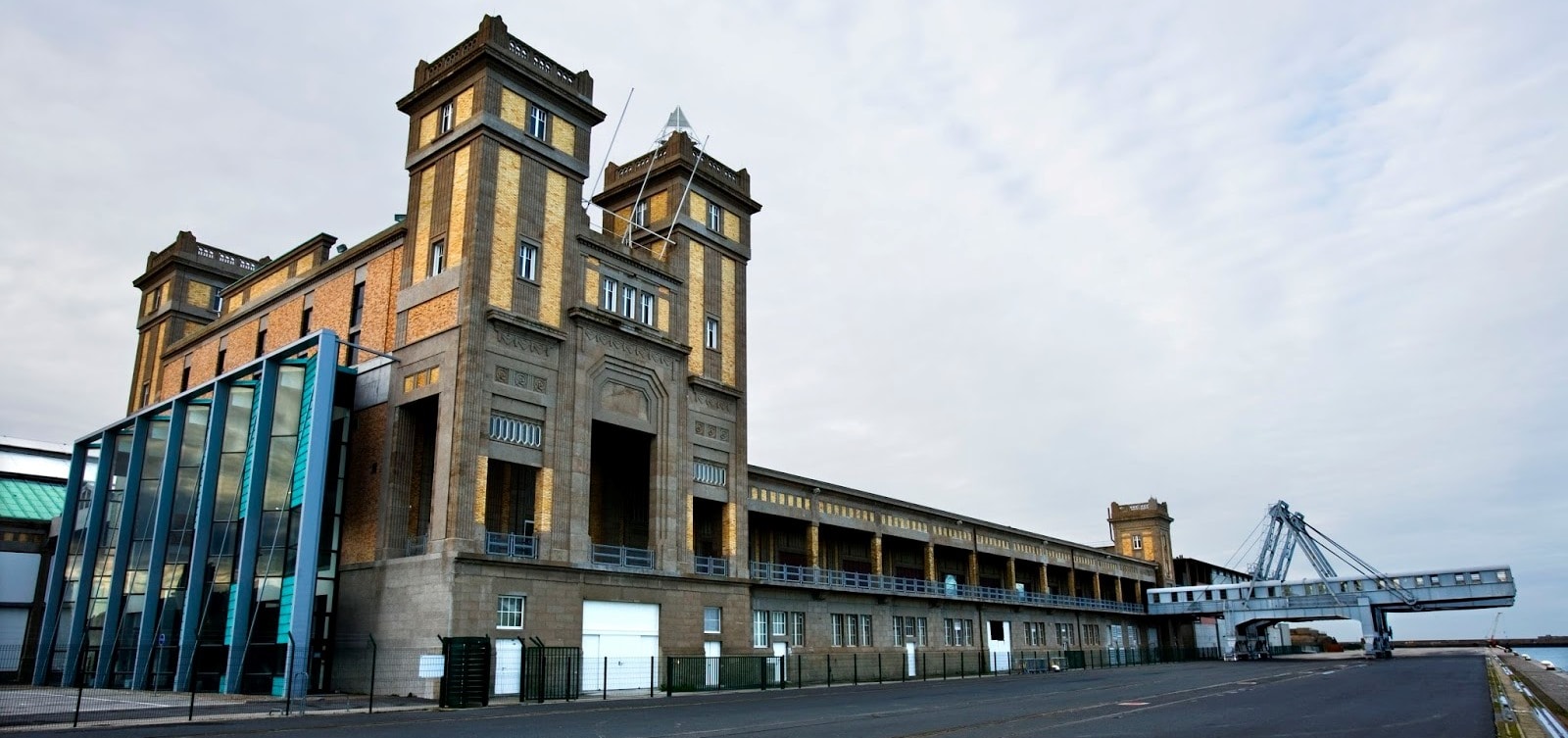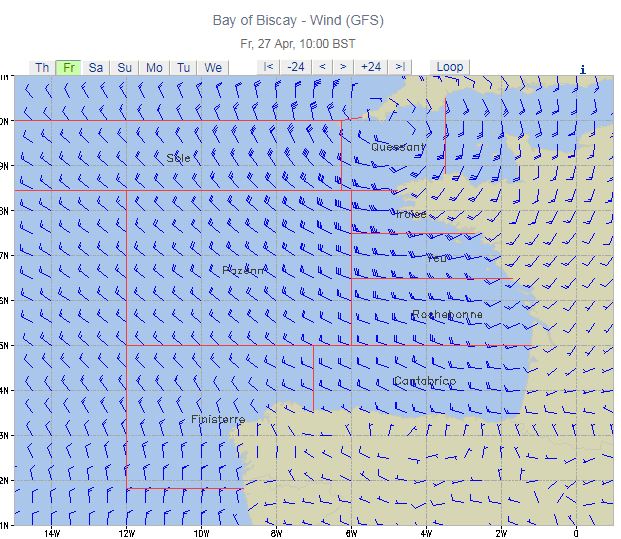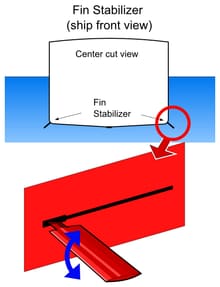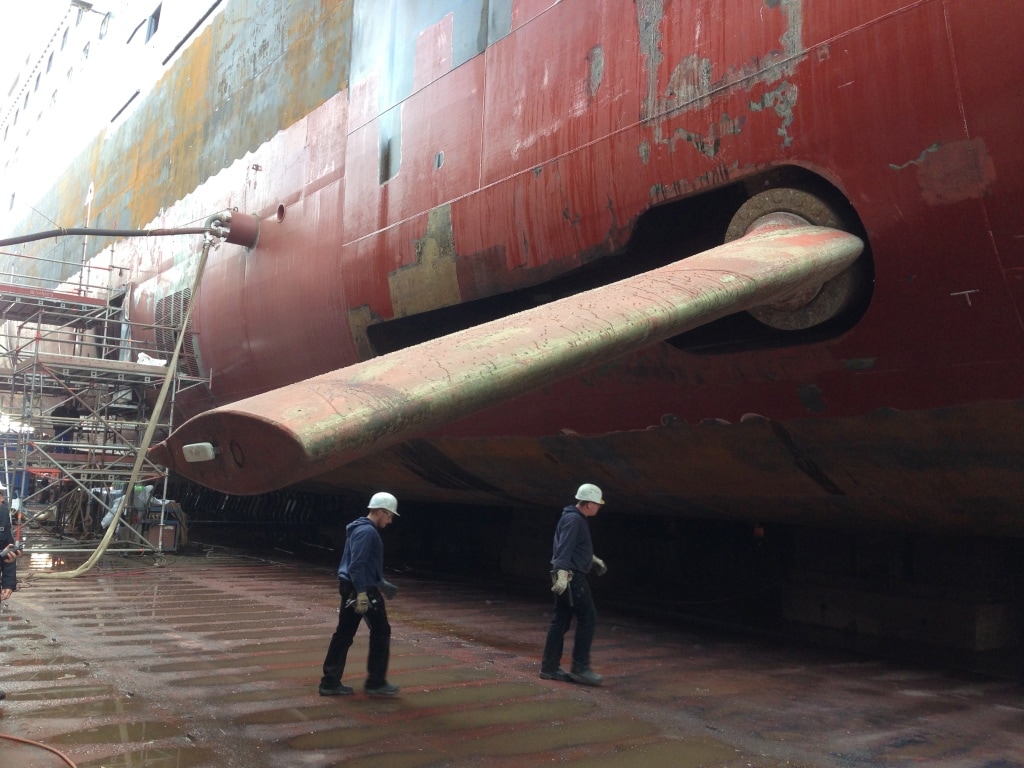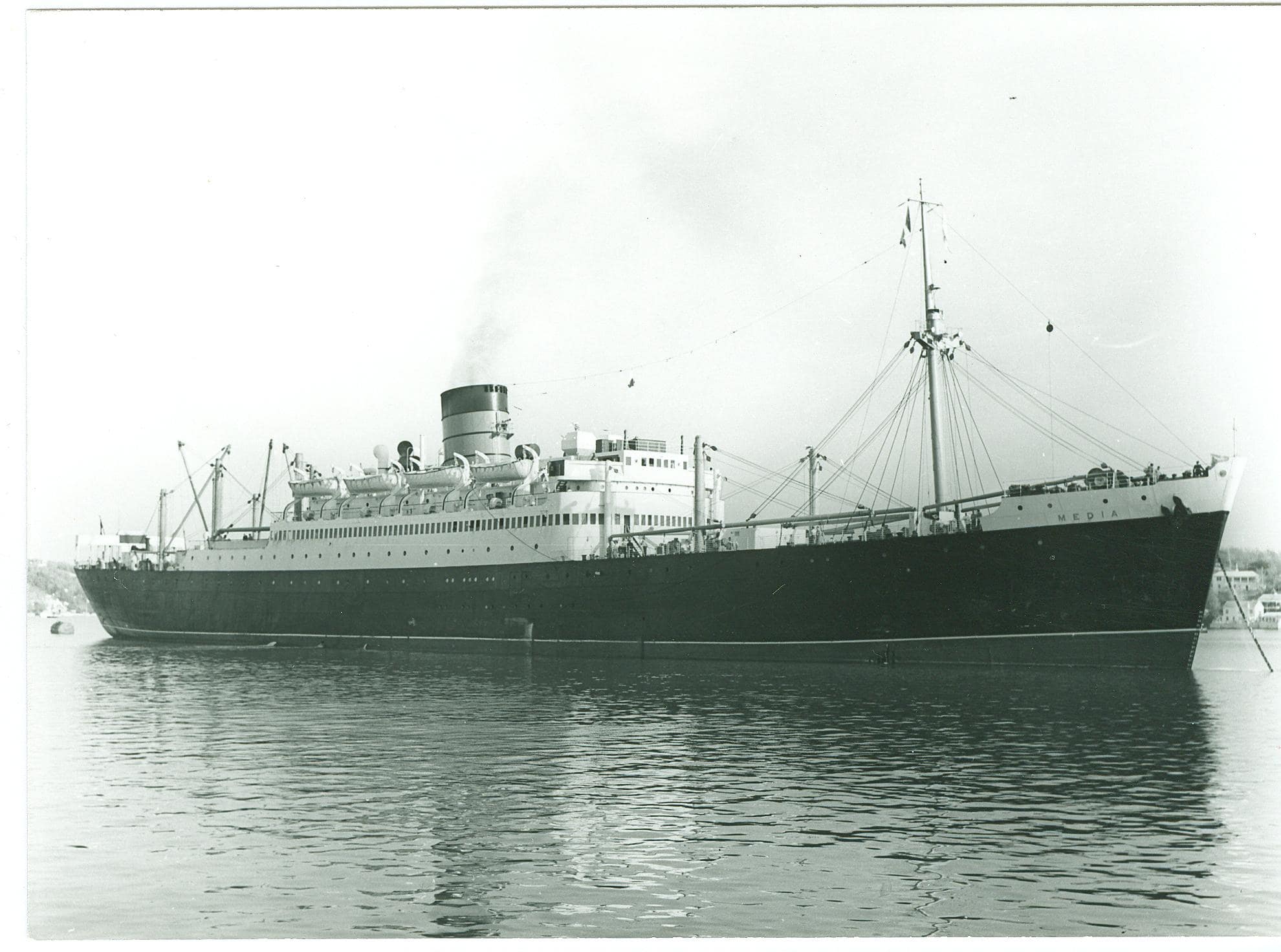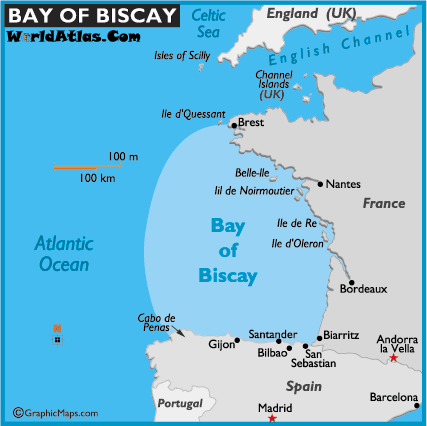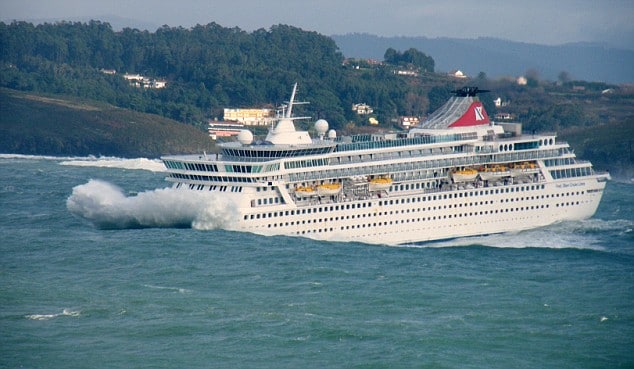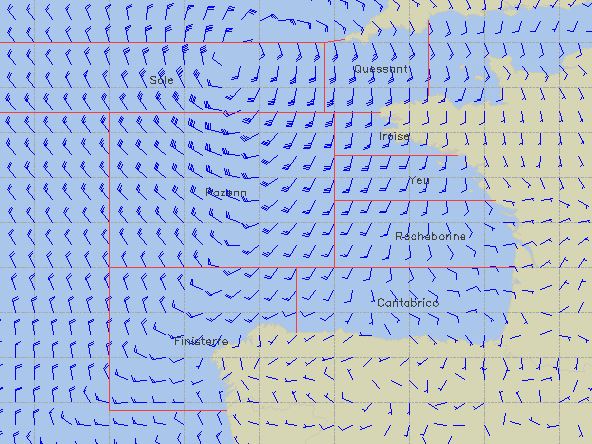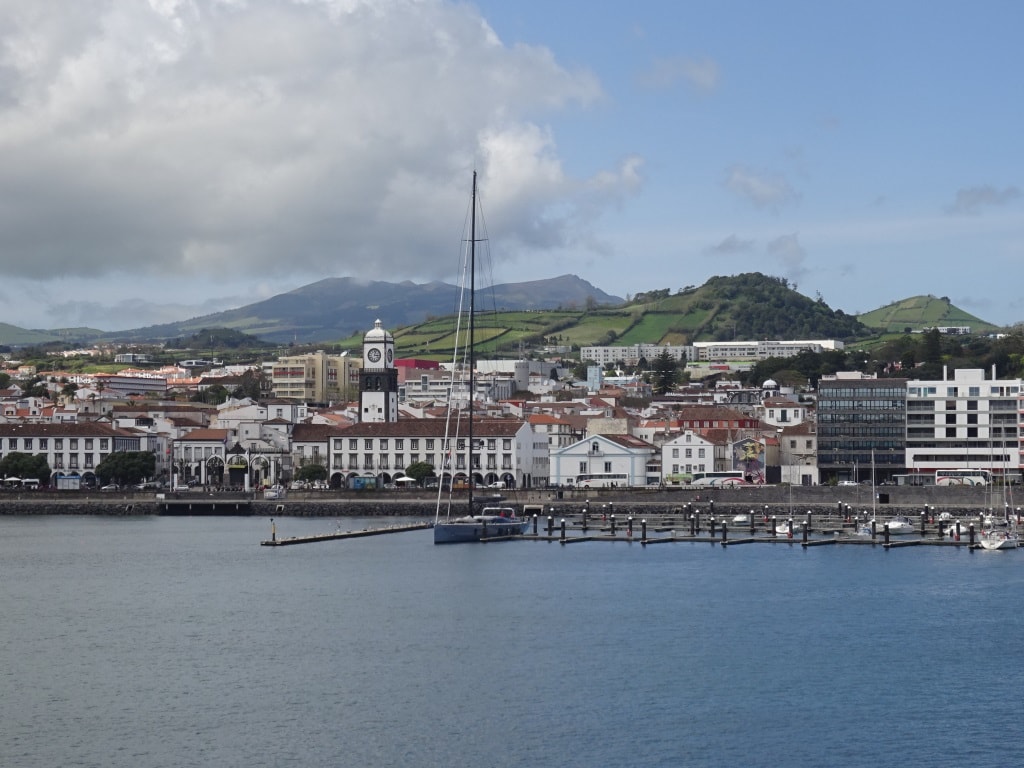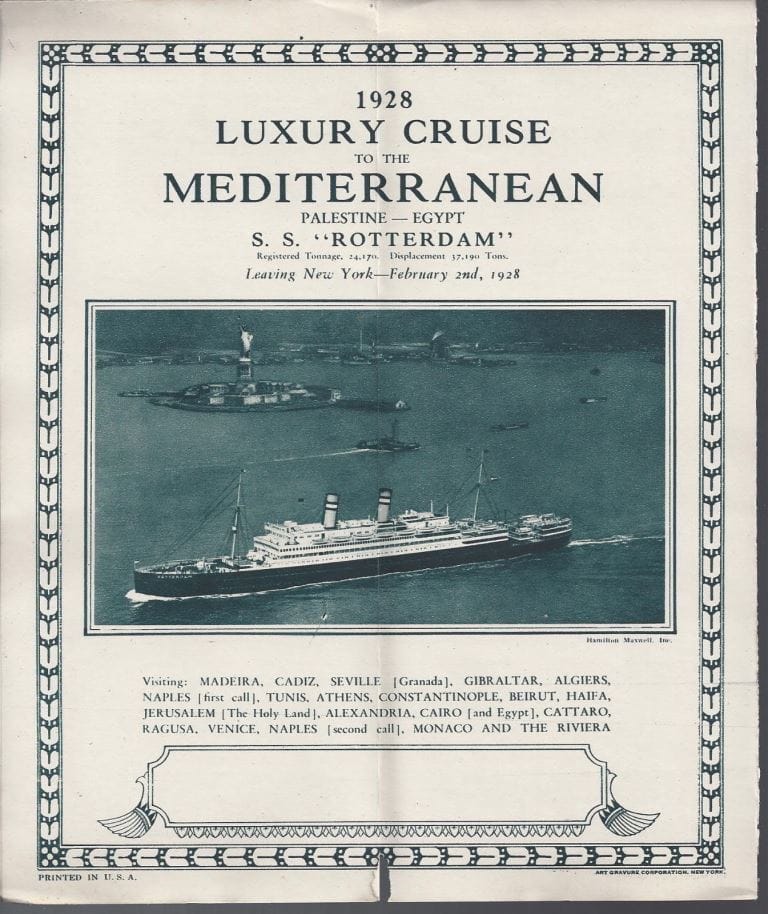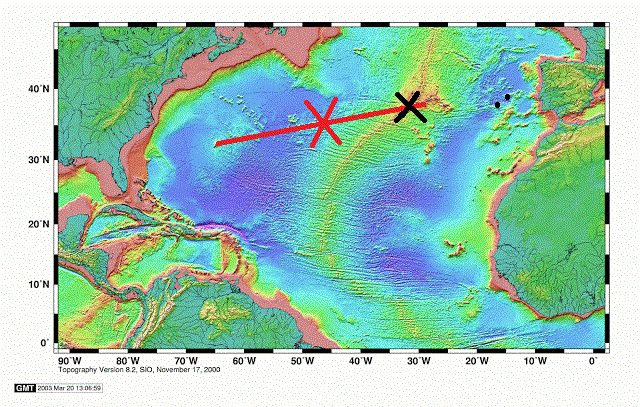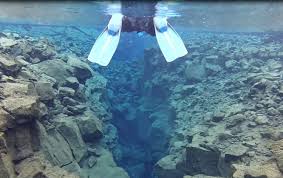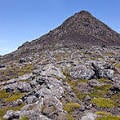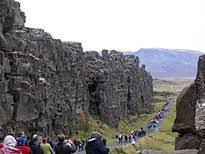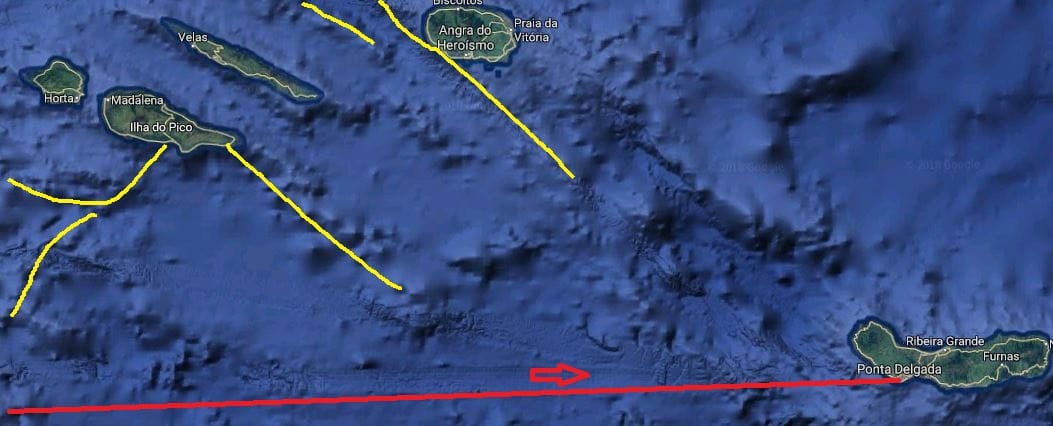Today was day 2 of our visit to Hamburg after a quiet overnight alongside the Altona Landing Stage. This is the major cruise ship dock in Hamburg which is normally used by all the cruise ships. The small Prinsendam can dock further up the river when there is space. That dock is almost in the center of the city but it is only available when there are no festivities or activities going on, on the river front. And in Hamburg there is nearly always something going on and thus we are at the large cruise terminal.
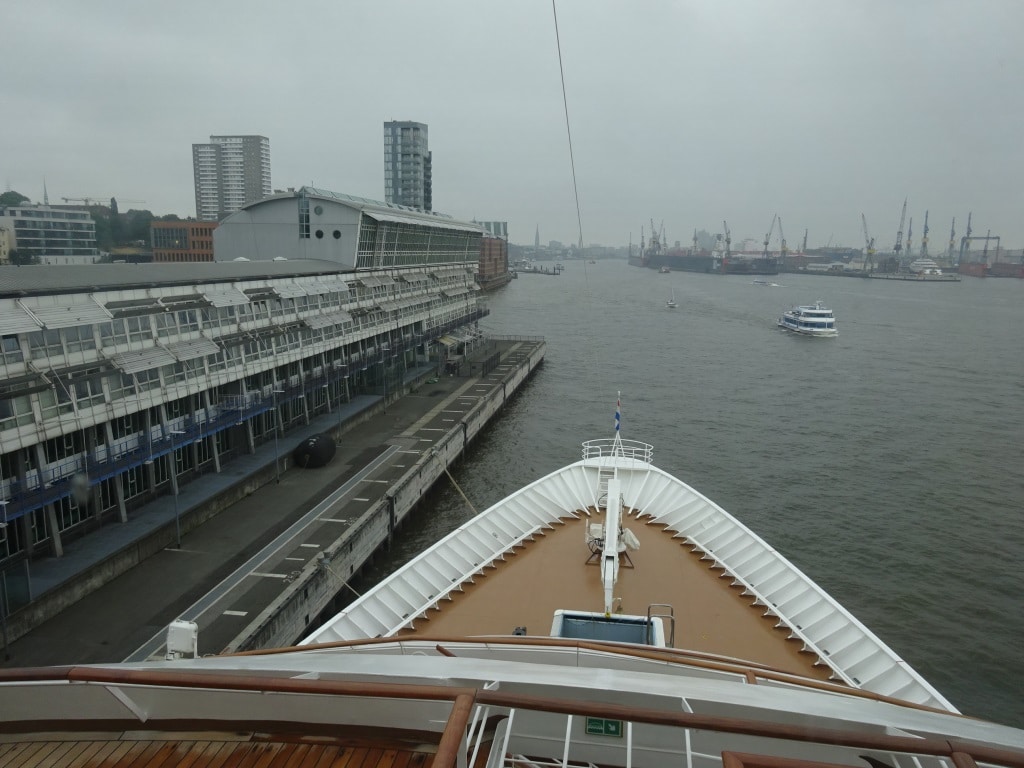
The Hamburg Cruise Terminal. As you can see the river flows straight down along the dock making it very easy for the current to get between the ship and the pier. One of the swinging areas for ships turning around is just south of the floating black dry dock to starboard of the ship.
We docked nose in yesterday afternoon, for two reasons: the captain wanted to reduce the delayed arrival to the absolute minimum and the current had only just turned so we could still do so. Swinging around takes at least 10 minutes but if the current is very strong than that has to be done. Unless you use brute force with a few strong tugboats. Normally you always respect the force of the river current and use it as your friend. So you keep the bow into the current and towards the dock, and the current will push the whole ship towards the dock. Then when you have your forward mooring ropes ashore and ready to bring tight, you use the propellers and stern thruster to bring the stern in. That normally pushes the bow out, something we do not want as then the current can get in between the ship and the dock again and to avoid this we need the forward mooring lines ashore to be able to heave them tight and prevent the current from pushing the ship away again.
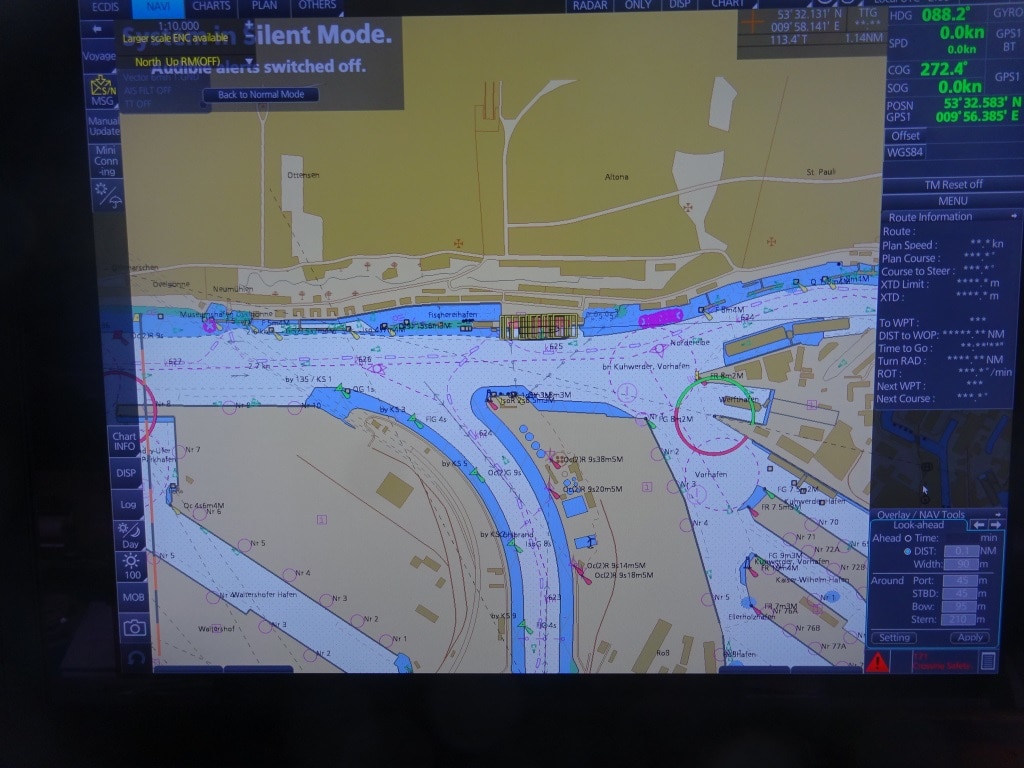
The electronic chart for the area. the Prinsendam is docked in the black lined area and all to the south, to starboard are the various cargo docks of Hamburg. As soon as the tide becomes favorable, there will be a lot of traffic going downstream.
When we leave early tomorrow morning, we will use the current as our friend again. It will be low tide at 03.58 tomorrow morning. We have all on board at midnight so the Prinsendam can leave when it is best for the traffic on the river and for the time needed to get down river to Brunsbuttel at the entrance of the Kieler Kanal. When we leave it will still be ebbing and that means a down flow of the river. We will use the river as our friend by bringing the bow off the dock and the current will push us away to the middle of the river, it will almost go by itself. Then it will depend on the pilot to decide what is the best place to swing around. Most of the time we travel a little bit up river, to just under the floating dry – docks and swing there, which gives a bit more room as during the swing the river will also push the ship downstream. But the river is so wide here that the Prinsendam has plenty of room to play with.
It might raise a question about why we can only leave when it works with the traffic but that has to do with the size of the port of Hamburg. After Rotterdam and Antwerp, the port of Hamburg is the largest in Europe. That means a lot of traffic. Traffic that likes to leave and sail down river with the ebb; with following tide. The Elbe River is tidal for 148 km. and if you can use the current as your friend you save a lot of fuel. When we came up the river yesterday, we had the current against us and thus we had to use more power to maintain the same speed while traveling. It is not allowed to go full speed everywhere on the river to catch up with the delay that one might have and that can then result in later arrivals. In the Hamburg area the maximum current can be as high as 2.5. knots and that means if you are only allowed to travel with a maximum speed of 10 knots through the water, then you only make progress of 7.5. miles distance. Going with the flow, you get those 2.5 knots as a bonus while still going at 10 knots through the water and complying with all the speed regulations. And these vary while traveling along the river. So I expect to see early tomorrow morning a lot of eager captains trying to get their ship on the way to take advantage of the most favorable current and the ms Prinsendam will have to find its place in the parade.
We will put the brakes on after we have traveled about 4 hrs. down river and then make a sharp turn to starboard to enter the locks of the Kieler Kanal at Brunsbuttel. Contrary to the Panama Canal, cruise ships here cannot book a transit time, it is first come, first served but in all the years I have been going here, we were always slotted in around 07.00 for the locks so the guests could see it all in day light. In the past we had an Umpa–Umpa brass band on board to play during the Bier Fest but that is this time done tonight while we are in port. A good thing as well I think, as during my last transit, one of the musicians fell down the gangway as he had also been participating in the Bier Fest while performing. If it happens tonight we can always roll them ashore in a wheel chair.
The weather looks perfect for tomorrow. 71oF / 220C partly cloudy skies and very gentle breeze. No very low hanging white clouds expected.
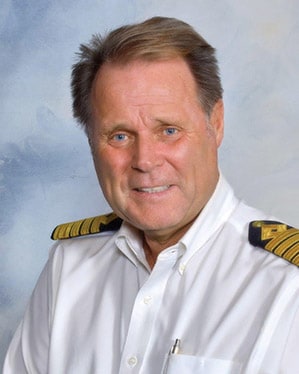 The good ship ms Prinsendam is in the capable hands of Captain Dag Dvergastein who has been commanding cruise ships for the last 30 years and came to us via Seabourn. The company is slowly starting to mix the officer teams from both company’s and we now have two HAL captains with Seabourn and a Seabourn Captain with HAL. Late last evening the white curtain lifted and the Captain could switch off the fog horn much to the delight of the guests who occupied the suites right under the Radar Mast. You get the best cabins on the ship with the suites and also the best view from your balcony but you then also have to accept that you live close to the navigation part of the ship and that includes a lot of honking on the horn if weather or traffic so demands.
The good ship ms Prinsendam is in the capable hands of Captain Dag Dvergastein who has been commanding cruise ships for the last 30 years and came to us via Seabourn. The company is slowly starting to mix the officer teams from both company’s and we now have two HAL captains with Seabourn and a Seabourn Captain with HAL. Late last evening the white curtain lifted and the Captain could switch off the fog horn much to the delight of the guests who occupied the suites right under the Radar Mast. You get the best cabins on the ship with the suites and also the best view from your balcony but you then also have to accept that you live close to the navigation part of the ship and that includes a lot of honking on the horn if weather or traffic so demands.